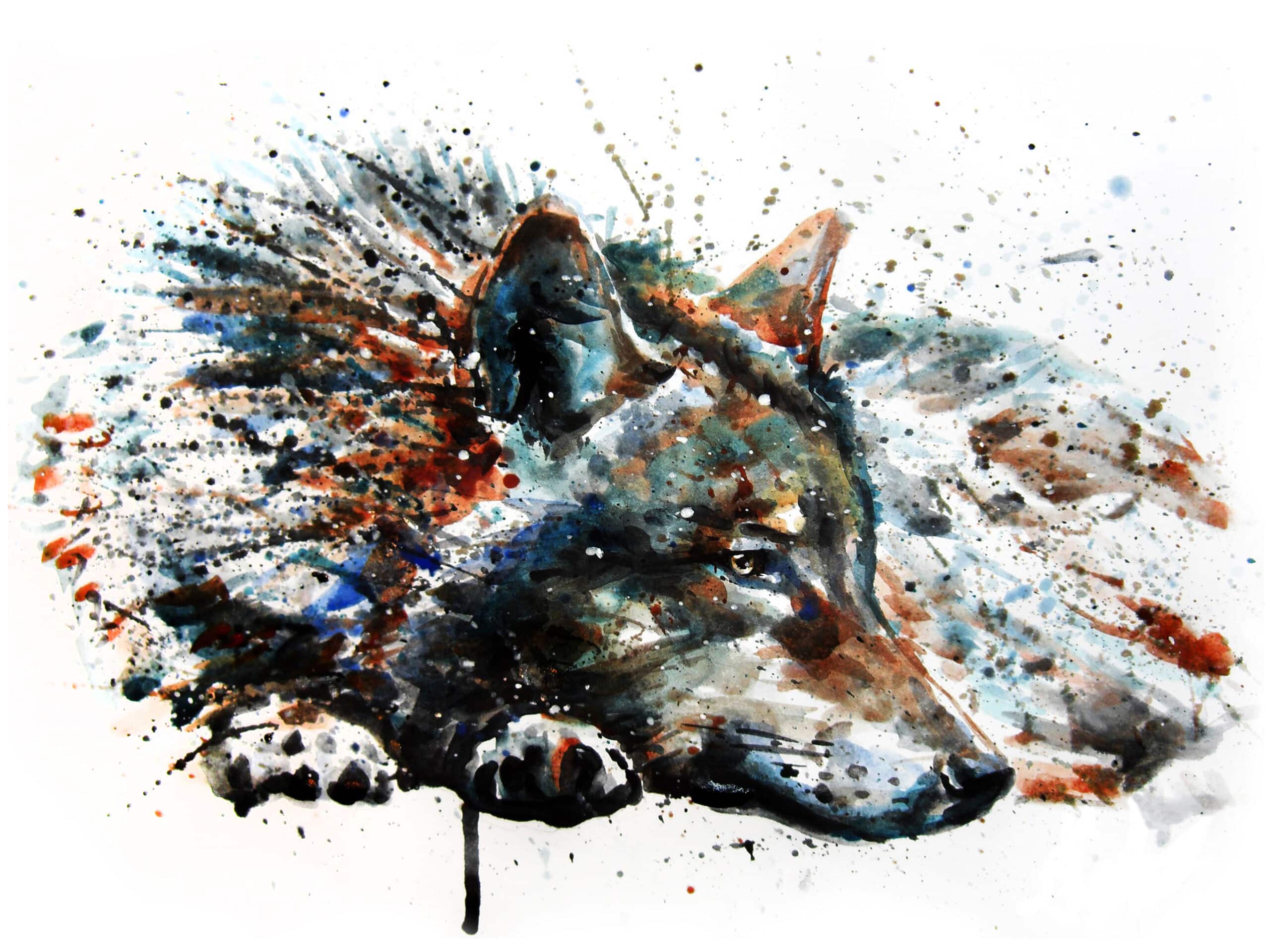If you compare a pack of fearsome ancient wolves with a pack of modern-day chihuahuas, it’s clear that domesticated dogs have evolved almost beyond recognition. And while scientists have mapped the ancestry of Man’s Best Friend back to fanged, den-dwelling beasts, the scientific community remains unclear on where and when wolves became our beloved domestic companions. Now, a new study explores exactly where those ancient wolves lived, which may help scientists determine where and how domesticated dogs originated.
Understanding the Origins of Ancient Wolves
Scientists aren’t exactly clear on when wolves started inching toward domestication, but most agree that it likely took place at least 15,000 years ago, during the last ice age. Food was scarce, and some experts suggest that gray wolves inserted themselves into human campsites in an attempt to forage for food scraps. Over time, the wolves evolved into useful hunting companions and guard dogs, but no one knows where this happened. Between genetic and archaeological evidence, scientists have determined that modern canines may have begun evolving in East Asia – but they also could have originated in the Middle East or even Western Europe. To narrow down that footprint, researchers from 16 countries banded together to create a global map of domesticated wolf ancestry. Their findings were recently published in Nature.
Sequencing the Wolf Genome
To kick off the study, the co-authors sequenced 66 ancient wolf genomes and incorporated six previously published genomes from archeological sites across Europe, Siberia, and North America. The researchers then used proprietary software to compare the 72 total ancient genomes, which allowed them to construct a family tree of sorts. The researchers discovered something surprising: the wolf populations were genetically interconnected, even though they lived on different continents. This suggests that the animals were mobile and mated with members of other, more distant wolf populations.
Narrowing Down the Geographic Origins of Ancient Wolves
Interestingly, after comparing the genomes of ancient wolves to those of modern dogs, researchers found that modern dogs are more closely related to ancient wolves from eastern Asia than those from Europe. And while ancient wolves from Europe share some genomic similarities with modern dogs from western Eurasia and Africa, the research suggests that European wolves may have undergone an entirely separate domestication event from the animals in Eurasia and Africa. Either way, today’s pampered pooches have come a long way from their primal ancestors.
____
Scientists are still unclear as to exactly how ancient wolves evolved into the furry, cuddly companions we now know as Man’s Best Friend. Still, with further genomic research, those origins could become clearer. That, in turn, could shed light on the ways humans and wildlife have existed side-by-side for generations.
Did you enjoy this blog post? Check out our other blog posts as well as related topics on our Webinar page.
QPS is a GLP- and GCP-compliant contract research organization (CRO) delivering the highest grade of discovery, preclinical and clinical drug research development services. Since 1995, it has grown from a tiny bioanalysis shop to a full-service CRO with 1,100+ employees in the U.S., Europe and Asia. Today, QPS offers expanded pharmaceutical contract R&D services with special expertise in neuropharmacology, DMPK, toxicology, bioanalysis, translational medicine and clinical development. An award-winning leader focused on bioanalytics and clinical trials, QPS is known for proven quality standards, technical expertise, a flexible approach to research, client satisfaction and turnkey laboratories and facilities. Through continual enhancements in capacities and resources, QPS stands tall in its commitment to delivering superior quality, skilled performance and trusted service to its valued customers. For more information, visit www.qps.com or email info@qps.com.





